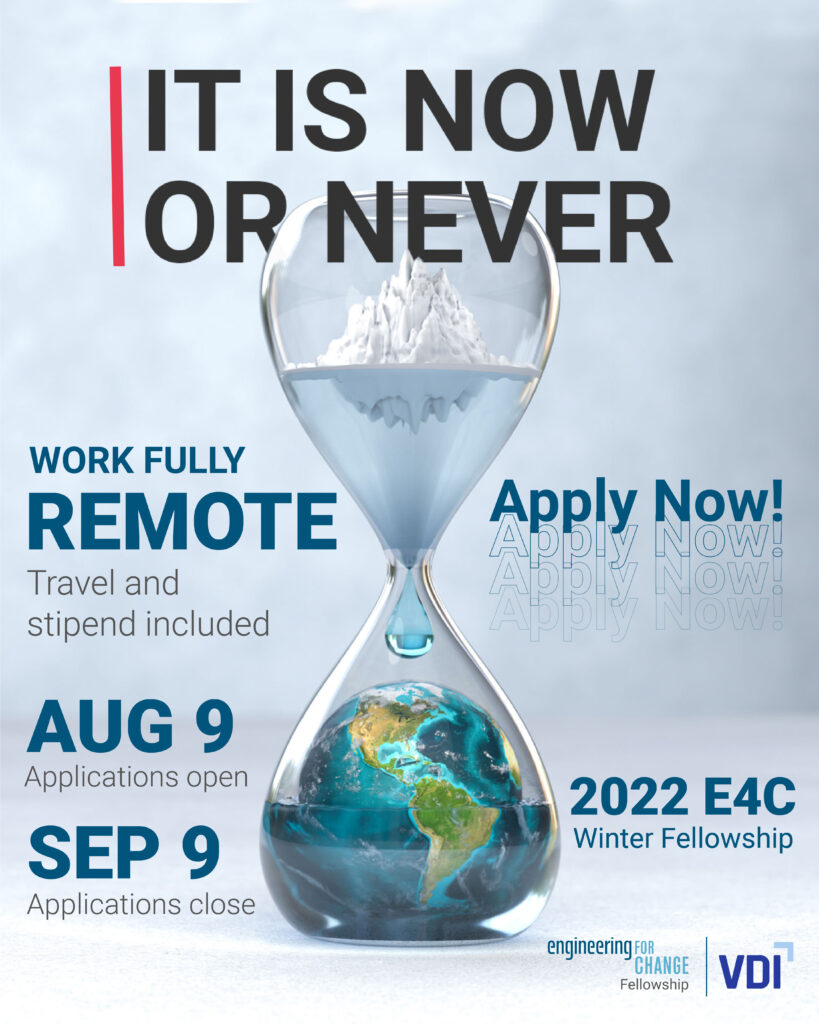Author: Lautaro Cilenti
Date: Wednesday, September 07, 2022 at 11:00 am
Location: Martin Hall, Room EGR-2164
Committee Members:
Professor Balakumar Balachandran, Mechanical Engineering, Chair/Advisor
Associate Professor Maria Cameron, Mathematics, Co-Chair/Advisor
Professor Eyad Abed, Electrical and Computer Engineering, Dean’s Representative
Professor Amr Baz, Mechanical Engineering
Associate Professor Jin-Oh Hahn, Mechanical Engineering
Assistant Professor Eleonora Tubaldi, Mechanical Engineering
Title of Paper: INFLUENCE OF NOISE ON RESPONSE LOCALIZATIONS IN MECHANICAL OSCILLATOR ARRAYS
Abstract:
The dynamics of mechanical systems such as turbomachinery and vibration energy harvesting systems (VEH) consisting of one or multiple cantilever structures are often modeled by arrays of
periodically driven coupled nonlinear oscillators. It is known that such systems may have multiple stable vibration modes. Some of these stable modes are localized vibrations that are characterized by high amplitude vibrations of a subset of the system, with the rest of the system being in a state of either low amplitude vibrations or no vibrations. On one hand, these localized vibrations can be detrimental to mechanical integrity of turbomachinery, while on the other hand, the vibrations can be potentially desirable for increasing energy yield in VEHs. Transitions into or out of localized vibrations may occur under the influence of random factors.
A combination of experimental and numerical studies have been performed in this dissertation to study the associated transition times and probability of transitions of these mechanical systems. These include the following: (i) a numerical methodology based on the Path Integral Method to quantify the probability of transitions due to noise, (ii) a numerical methodology based on the Action Plot Method to quantify the quasipotential and most probable transition paths in nonlinear systems with periodic external excitations, and (iii) experimental evidence and stochastic simulations of the influence of noise on response localizations of rotating macro-scale cantilever structures. The methodology and results discussed in this dissertation provide insights relevant to the stochastic nonlinear dynamics community, and more broadly, designers of mechanical systems with potentially undesirable stochastic nonlinear behavior.
